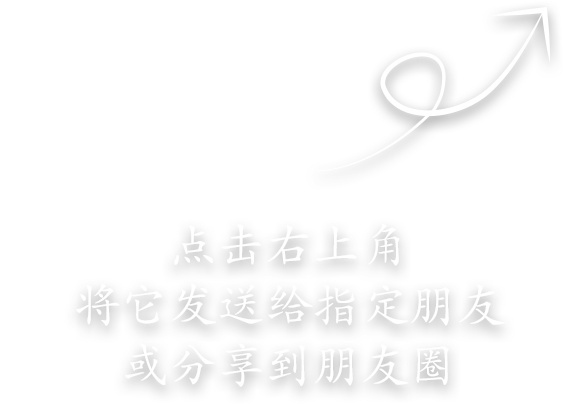Judging from the current situation, among the central banks of major developed economies, only the Bank of Japan continues to adhere to the ultra-loose monetary policy. While the Federal Reserve still retains the possibility of raising interest rates again this year, the decline of the yen against the US dollar may continue. However, at present, the Japanese government has not revealed the signal to intervene in the yen exchange rate, and Bank of Japan Governor Kazuo Ueda has continued to emphasize the importance of maintaining ultra-loose monetary policy and is cautious about adjusting monetary policy, which is expected to exert greater downward pressure on the trend of the yen exchange rate.
Goldman Sachs analyzed that if the Bank of Japan adheres to the "pigeon" stance, the yen will fall to the level more than 30 years ago. In the next six months, the yen may fall to 155 yen to the dollar, the lowest level since June 1990. "As long as the Bank of Japan is far from raising interest rates and the stock market is well supported, the yen should continue to weaken." Goldman Sachs said.
Judging from the current situation, the Bank of Japan is still cautious about withdrawing from the current ultra-loose monetary policy and promoting the gradual normalization of monetary policy. At the monetary policy meeting in July this year, the Bank of Japan decided to allow the interest rate to rise to 1% without changing the yield ceiling of 10-year Japanese government bonds to 0.5%. This decision means that the Bank of Japan has finally continued to adjust the yield curve control (YCC) policy that has attracted much attention from the market. The last time the Bank of Japan adjusted the YCC policy was in December 2022. At that time, the Bank of Japan raised the long-term interest rate ceiling from about 0.25% to about 0.5%.
In the minutes of the monetary policy meeting in July (hereinafter referred to as "the minutes of the meeting"), the Bank of Japan further emphasized the continued implementation of loose monetary policy and YCC policy. The minutes of the meeting pointed out that the Bank of Japan needs to continue to loosen monetary policy patiently to achieve the goal of price stability. In order to achieve the price stability target of 2% continuously and steadily, it is necessary for the Bank of Japan to continue to loosen monetary policy to support the wage increase. However, under the circumstance that the prospect of realizing the goal of price stability is still unclear, there is still a long way to go to modify the negative interest rate policy, and the framework of the yield curve control policy needs to be consistent with the announced policy framework.












